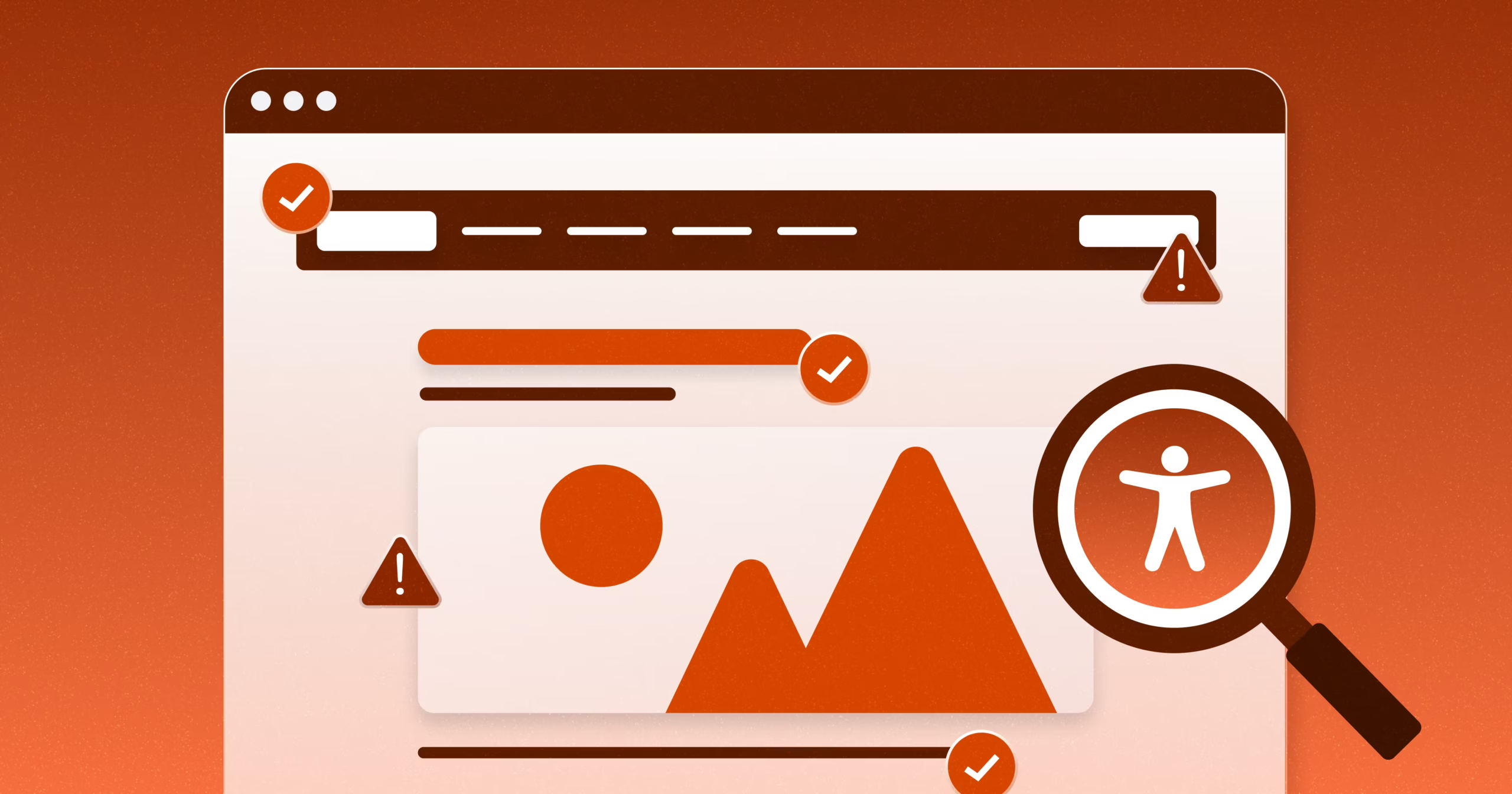Accessibility tools are designed to make digital experiences more inclusive for everyone, especially for individuals with disabilities. However, not all accessibility tools are genuine. Some are fraudulent, designed to exploit unsuspecting users. These fake tools can compromise user privacy, deliver subpar services, or even cause financial losses. This guide will help you identify fake accessibility tools and protect yourself from scams.
What Are Fake Accessibility Tools?
Fake accessibility tools are software, plugins, or applications that claim to enhance digital accessibility but instead:
- Fail to meet accessibility standards.
- Expose users to security risks.
- Collect sensitive data without user consent.
- Charge exorbitant fees for features that do not work as advertised.
- Use deceptive marketing tactics to prey on organizations and individuals aiming to comply with accessibility laws.
How to Spot Fake Accessibility Tools
Identifying fake accessibility tools can save you time, money, and frustration. Here are some warning signs:
1. Over-the-Top Claims
- Tools that claim to make your website fully accessible with a single click.
- Promises of instant compliance with laws like the Americans with Disabilities Act (ADA) or the Web Content Accessibility Guidelines (WCAG).
2. Lack of Transparency
- Limited or no information about the developers or company behind the tool.
- Vague descriptions of how the tool works.
- Absence of reviews, testimonials, or case studies from real users.
3. No Independent Testing or Certification
- Legitimate tools are often tested and certified by accessibility experts.
- Fake tools lack third-party validation.
4. Poor Customer Support
- Inaccessible customer support for users with disabilities.
- Delayed or nonexistent responses to queries.
5. High Costs with No Proven Results
- Excessive pricing without a free trial or money-back guarantee.
- Fees that do not match the quality or scope of services provided.
6. Invasive Permissions
- Requests for unnecessary access to personal information or system controls.
- Data collection practices that violate user privacy.
Measures to Avoid Falling Victim to Fake Accessibility Tools
Taking proactive steps can help you steer clear of scams. Follow these best practices:
1. Research Thoroughly
- Read reviews from reputable sources and check online forums for user feedback.
- Look for certifications from recognized accessibility organizations.
2. Verify Compliance Claims
- Check if the tool aligns with WCAG standards or other recognized accessibility guidelines.
- Request documentation or audits that validate the tool’s compliance.
3. Test Before You Buy
- Use free trials or demos to evaluate the tool’s functionality.
- Involve accessibility experts or users with disabilities in the testing process.
4. Beware of “One-Size-Fits-All” Solutions
- Accessibility requires a tailored approach based on specific needs.
- Avoid tools that promise universal solutions with minimal customization.
5. Monitor Permissions
- Be cautious of tools that demand unnecessary access to your system.
- Read the privacy policy to understand how your data will be used.
6. Stay Updated
- Follow updates on accessibility regulations and technologies.
- Join communities or forums focused on digital accessibility to stay informed about potential scams.
7. Seek Professional Help
- Consult with certified accessibility experts to assess your needs and recommend reliable tools.
Conclusion
Fake accessibility tools not only fail to deliver on their promises but also pose significant risks to users and organizations. By being vigilant and informed, you can protect yourself from falling victim to these scams. Remember to thoroughly research any tool, verify its claims, and involve accessibility experts in your decision-making process.
Protecting digital accessibility is a shared responsibility, and avoiding fraudulent tools is a critical step in creating an inclusive online environment for all.














